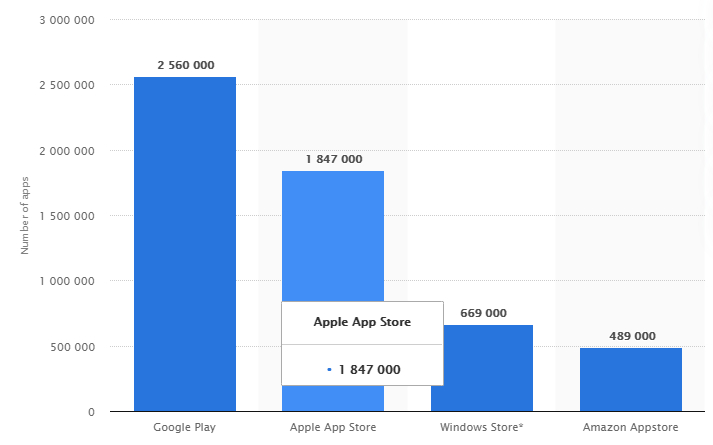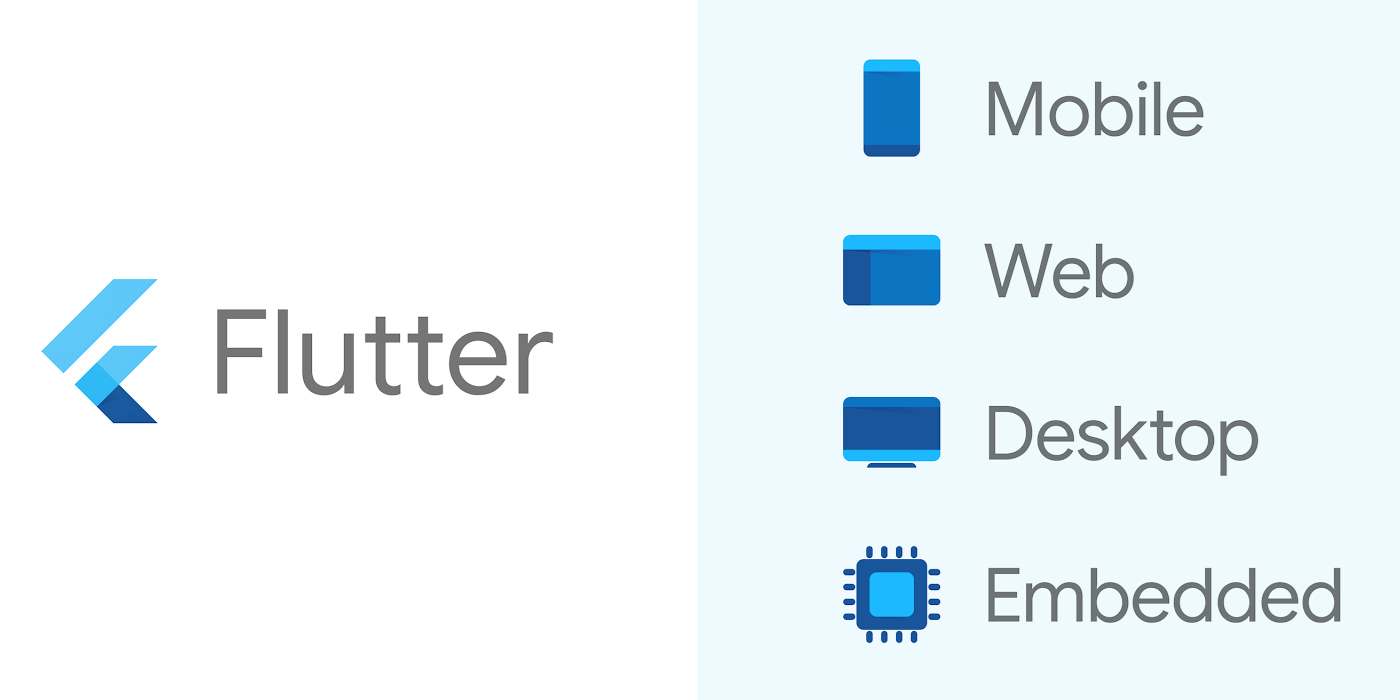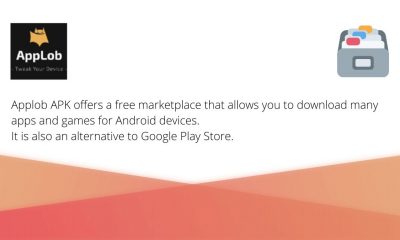App Development
What is Cross-Platform Development?

Normally when you build a native app you have to build a separate one for Android and a separate one for iOS/Apple, each using that specific platform language. For example, to build for the following platforms you need to use the standard language they recognize:
- Apple iOS: Program in Objective-C or Swift
- Android: Program in Java
- Windows Phone: Program in C# and XAML
Unfortunately, the need for separate platform languages has the following disadvantages:
- Expense: Creating and maintaining an app for each operating system is much more expensive.
- Knowledge: Programming native mobile apps would require high levels of skill in 2-3 different languages.
- Uniformity: Because each platform has its own user interface, standardized widgets and features, apps will not be uniform from platform to platform and will create a different user experience depending on the device. Many people have more than one type of device so when they use your app on iOS and switch over to an Android device, their experience will be different.
Cross platform development provides the flexibility to build your app using a universal language like Javascript which can then be exported to various smartphone platforms. This allows one “app” to work across multiple habitats. This can be done in two ways:
- Native App – Cross Platform Development – Using tools like React Native, Xamarin, or NativeScript, you end up with an app that still uses native APIs which allows for excellent performance across all platforms, without having to code each separately. This results in a very nice app that runs well and is a great compromise over the time and expense of building a native app.
- Hybrid Apps – Cross-Platform Development – Hybrid development is a tier lower than native cross-platform development. It relies on a built in web browser and HTML 5, CSS, and Javascript to render the app. The app is coded and then rendered on the smartphone inside an app container which is driven by an internal web browser. In hybrid apps, developers program using native web languages but wrap it in a native wrapper for each operating system, thus rendering it usable across multiple platforms. This can work OK for simple apps but in more complex apps, performance could be an issue.
Advantages of Cross Platform Development
There are 7 advantages to using cross-platform development:
- Expenses are reduced as the need to code in two or three separate languages disappears. In addition bugs that are present in the common code base need only be fixed once (for the most part).
- Time to market is reduced since developing one program takes a lot less time than building two or three apps for each device platform.
- Uniformity increases between different operating systems creating a more seamless user experience.
- Companies are able to reach many more customers right from the get-go which increases exposure and future ROI.
- The development tools are familiar as they employ common programming languages.
- It is ideal for prototyping because it allows a faster time to market on more than one platform and allows the owner to collect user feedback, establish a position in the market and secure any patents if necessary, before another company can do the same.
- In the case of apps used by employees, cross platform apps can help you achieve quicker deployment and adoption at a lower cost, since bring your own device (BYOD) policies are becoming more and more common in the workplace.
Disadvantages of Cross Platform Development
There are some disadvantages to using cross-platform development:
- Programs can be less efficient. This occurs due to lack of hardware power to perform smooth HTML5 animations on low or mid range devices, redundant processes for the different platforms, or running on operating systems that are more than 3 years old.
- The program itself may need to be more generalized and in the process become less sophisticated than it would if it were built for one specific program.
- Using advanced features with cross platform development may take more battery power and a lot more resources than with a native application.
Would You Like to Learn More About Cross Platform Development?
11 Popular Cross-Platform Tools
The application development cross-platform demand in the outskirts of the app development market will surpass the figure of $7.9 Billion in 2021.

When the number of apps in the Google Play Store was most recently placed at around $2.6 million apps in March 2021. Businesses wouldn’t want to risk missing their presence on Google play store or any other platform.
1. React Native
React Native — Best app development software

React Native allows you to create native applications and uses JavaScript as a programming language to build apps. The strong side of React Native is that you can write modules in languages such as C, Swift, and Java.
The best part of this tool is that you can work on image editing and video processing that aren’t possible with the other API frameworks.
2. Xamarin
Xamarin — Best cross-platform mobile app development tools

Microsoft Visual Studio Xamarin allows you to build apps for different platforms such as Windows, iOS, and Android using a single .net code.
The best part of the Xamarin cross-platform tool is that all the apps built on it look and feel like native apps and this appears because it uses the native interfaces that work the same way a user wants to use them.
3. Flutter
Flutter – Best Software Development Kit

Flutter is the software development kit (SDK) that allows you to build high-performance applications on various platforms such as iOS, Android, Web, and desktop from a single codebase. This open-source UI SDK is created by Google and it was initially released in May 2017.
4. Ionic
Ionic – Leading App development Tool

Ionic is one of the potent HTML5 SDK that mainly allows you to develop native feeling mobile apps by utilizing advanced technologies such as HTML, CSS, and Javascript. This SDK mainly focuses on the look and UI interaction of an app.
The applications developed on the Ionic framework can be used on distinct multiple platforms such as Android, native iOS, Desktop, and web with a single code base. This famous cross-platform provides pre-designed components, typography, interactive paradigms, and superb themes.
5. Appcelerator
The Appcelerator offering has been discontinued by March 1, 2022.
Appcelerator — Most popular mobile app development tools

Appcelerator is a cross-platform mobile app development platform that helps get your app ready in a faster way by simplifying the whole process. By using a single JavaScript code you can build native-like apps and mobile apps with cloud-like performance. Another top benefit of an Appcelerator is its quality, it can be used for building apps for any device or operating system.
The tool also makes it easy for you to use and test your apps using automated mobile tests that allow you to measure your app usage and the results of your app project. You can detect bugs, crashes, and also make some adjustments to improve the overall performance of your app.
6. Electron.js
Learn about Electron js, a cross-platform software development framework that allows you to create native apps for desktop and mobile devices using web technologies.
-

 Cyber Risk Management2 days ago
Cyber Risk Management2 days agoHow Much Does a Hosting Server Cost Per User for an App?
-

 Outsourcing Development2 days ago
Outsourcing Development2 days agoAll you need to know about Offshore Staff Augmentation
-

 Software Development2 days ago
Software Development2 days agoThings to consider before starting a Retail Software Development
-

 Grow Your Business2 days ago
Grow Your Business2 days agoThe Average Size of Home Office: A Perfect Workspace
-
Solution Review2 days ago
Top 10 Best Fake ID Websites [OnlyFake?]
-
Business Imprint2 days ago
How Gaming Technologies are Transforming the Entertainment Industry
-

 Gaming Technologies8 hours ago
Gaming Technologies8 hours agoHow to Set Up Text-to-Speech for Channel Points on Twitch









